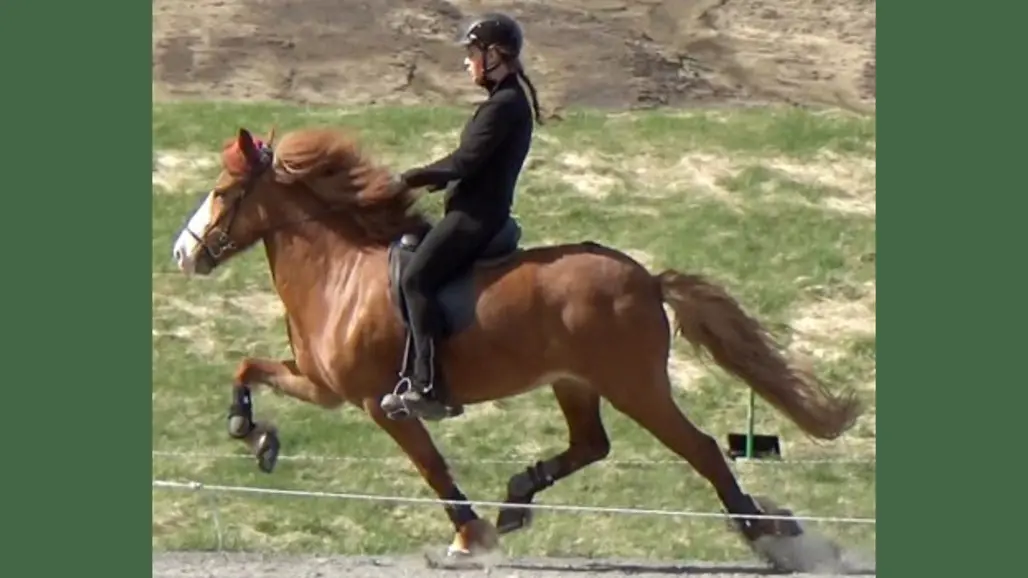
How can you tell if an Icelandic horse is lame on a front leg?
Icelandic horses are very popular in Sweden and can be ridden in the extra gaits tölt and flying pace. However, there is a lack of knowledge about whether their ability to perform extra gaits affects the movement pattern in lameness, which could increase the risk of misdiagnosis.
Compared to warmbloods, Icelandic horses have a higher stride frequency, a smaller range of motion and a shorter hover phase at the trot, making it difficult to assess lameness.
An international study initiated by researchers at the Swedish University of Agricultural Sciences investigated how Icelandic horses move in lameness. The study involved ten Icelandic horses that were fitted with inertial sensors on different parts of the body. The horses were shod with specially designed shoes where pressure could be applied to the underside of the hoof to induce a temporary foreleg lameness. The horses' movement patterns were compared before and after the induction of lameness at walk and trot by hand and ridden at walk, trot and lope.
In walk and trot, the horses started to nod their heads downwards when the unlimbed foreleg was loaded, but this was not seen in tölt. In tölt, they instead lifted their heads more when the unhalting foreleg pushed off. The cross also showed an asymmetric movement pattern in tölt, even though the horses were front-legged.
The study concludes that Icelandic horses do not show lameness in the lope in the same way as they do in the walk and trot, and that their fast movements and limited range of motion make the assessment difficult to perform visually. Objective digital measurement methods are preferable for lameness assessment in Icelandic horses.
The study was funded by the Swedish Horse Research Foundation.
Link to the article
http://doi.org/10.1111/evj.13998
Reference
Smit IH, Hernlund E, Persson-Sjodin E, Björnsdóttir S, Gunnarsdottir H, Gunnarsson V, et al. Adaptation strategies of the Icelandic horse with induced forelimb lameness at walk, trot and tölt. Equine Vet J. 2023. https://doi.org/10.1111/evj.13998
Contact
-
Person